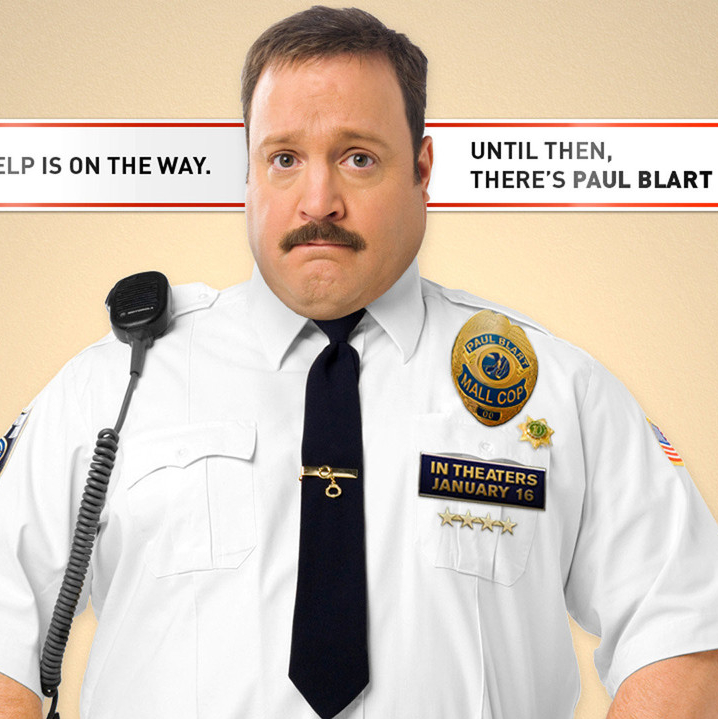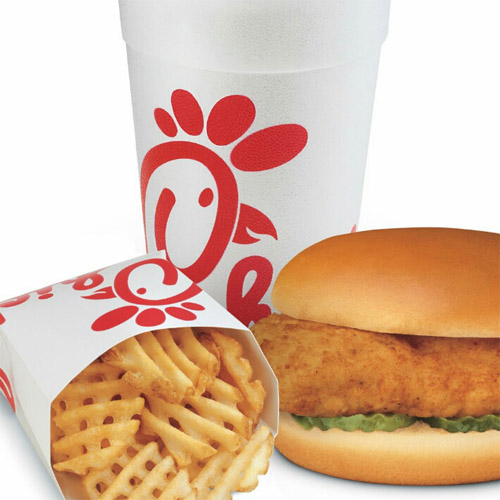I have worked in the dry cleaning industry for almost 30 years. I worked in my family's dry cleaning operation as a manager and owner. Currently, I write a blog for those in the dry cleaning industry, as well as work for a manufacturer of dry cleaning chemicals. Over the years I have spent in the dry cleaning industry, I estimate that I have been in over 2000 dry cleaners in the US.
If you are looking for the best dry cleaners, look for a dry cleaner that has the Dry Cleaners and Laundry Institute Seal of Approval. The cleaners with this award have had to demonstrate a high level of expertise. You can search for Seal of Approval cleaners at the Drycleaners and Laundry Institute website (www.ifi.org). You may also want to check with the Better Business Bureau for accreditation. If you are in the dry cleaners, a few things you can watch for are: Does the counter person ask questions about your garments (stains, repairs, etc.). Do you see a large number of those "Sorry We Couldn't Remove the Stain" tags on the finished garments on the conveyor? Does the lobby look clean and neat? Is the business a member of an association? Finally, does the dry cleaner restore your garments to "like new" condition? This should be the ultimate goal of a professional dry cleaner. Garments should be clean, odor free, have a fabric finish and generally have that "like new" appearance.
That is a tough question. When you look at stain removal in dry cleaning there are many components involved that need to be addressed. There is the type of stain and what the stain is made up of. There is the garment and how it is manufactured, especially how colorfast it will be to aggressive stain removal procedures. Then there is time, the longer the stain has been in the garment, the more difficult it becomes to remove. Having said that, in my opinion, I feel the ink stain is the most difficult stain to remove (depending on the composition of the ink) on colored fabrics, as the dye's used in the garment may be easily removed by the chemicals that may be needed to remove the dye components of the ink stain. On the white colored garments, ink stains can be tough, but old (oxidized) oil stains, such as food greases and even ring around the collar, may be some of the toughest. While you can often successfully use various bleaches on whites in order remove the last remnants of the ink stain, oxidized oil stains do not respond to bleach and often require chemicals that all but a few dry cleaners use.
I would suspect that they are using them as sort of an endorsement of their services. I think they feel the general public probably feels the celebs wear expensive/designer clothes and therefore the cleaner must do a good job if that celeb entrusts their garments to that particular cleaner. I knew a cleaner in Nashville many years ago that did this and had somewhat of a reputation as a cleaner to the stars and I have to admit, it was kinda cool knowing that Elvis had his clothes cleaned there, along with many others.
Using a wet napkin can aggravate the situation. For example, quite often silks may be dyed with a water soluble dye. The wet napkin along with the abrasive action of wiping the stain off can remove the dye from the garment in the area wiped. The best thing you could do would be to just blot the stain with a dry napkin to remove any of the excess staining substance, then bring the garment to your dry cleaners as soon as you can, letting the stained garment set for too long can make the stain more difficult to remove. Make sure to point the stain out and tell the dry cleaner what the stain is for the best results.
Security / Bodyguard
 Have you ever had to disarm an attacker?
Have you ever had to disarm an attacker?
Chick-fil-A General Manager
 How often do you have to fire someone, and does it ever get ugly?
How often do you have to fire someone, and does it ever get ugly?
Hotel Employee
 What was the craziest request you ever got from a guest?
What was the craziest request you ever got from a guest?
That is a difficult question. Not being an attorney, I would have to say that if you suffered a loss, whether it were a lost or damaged garment, that your only right would be the right to take the dry cleaners to court if you could not reach an amicable agreement with the owner of the cleaners. I feel that if you do suffer damage due to the dry cleaners negligence, that they should pay you for the garment. Bear in mind that the age of the garment comes into play and there is a fair market guide for calculating the value of a garment based on the age of it. Reputable dry cleaners will usually never want to reach that point and really want to keep you happy and save you as a customer, most will want to take care of the problem promptly and fairly. If your dry cleaner shows indifference to your concerns, you really should look for another dry cleaner. You must also consider that there are many garments being manufactured that are very poorly constructed. These garments can have many problems from being poorly dyed, to having trim that will not withstand dry cleaning, to poorly pre-shrunk fabrics to garments that are just not serviceable by the dry cleaner. The FTC requires that garments have a label that requires one method of garment care be specified on the label. If the dry cleaner cares for the garment using the method listed on the label and there is a problem, it is my opinion that it is the manufacturer's fault and the garment should be returned to the point of purchase. Often, a reputable dry cleaner will offer you some documentation explaining the method that was used in cleaning for you to take to the retailer and in some cases I know of cleaners actually returning the garment to the retailer for the dry cleaning customer.
I do not know for sure, but I doubt it. I have never seen a dry cleaner, seminar, stain removal class or any technical papers written touting the advantages of using a soda water over tap water in professional dry cleaning and as old as the dry cleaning industry is, I would have thought that someone would tried it and let the world know if it did work. The bubbles or foam created from detergents is not an indicator as to how well the detergent is cleaning. In fact, excessive bubbles in both dry cleaning and laundry can create their own set of problems.
You should be glad that your dry cleaner asks you to point out stains. This greatly helps the dry cleaner in successful removal of the stain. Knowing what the stain is, helps immensely in deciding the procedure needed to remove the stain. Some stains can be set in by using the wrong stain removal agent. Also, pre-treating stains prior to dry cleaning can help prevent stains from being set in. What happens is that the stain is often not removed in the dry cleaning machine and then the heat of drying in the machine will set the stain in, making it more difficult to remove. Another reason is that often dry cleaners are high production environments and it can sometimes be easy to miss a spot when pre-treating garments prior to dry cleaning. Again, when this happens, it can become even more difficult to remove the stain. I would recommend that you always point out stains and identify them when dropping off clothes at your cleaner. I would also give the dry cleaner adequate time to remove the stain, as some stains may require slower processes to be effective. Lastly, I would bring in the stained garment as soon as you can find the time, to help prevent stains becoming more difficult to remove due to age.
-OR-
 Login with Facebook
Login with Facebook (max 20 characters - letters, numbers, and underscores only. Note that your username is private, and you have the option to choose an alias when asking questions or hosting a Q&A.)
(A valid e-mail address is required. Your e-mail will not be shared with anyone.)
(min 5 characters)
By checking this box, you acknowledge that you have read and agree to Jobstr.com’s Terms and Privacy Policy.
-OR-
 Register with Facebook
Register with Facebook(Don't worry: you'll be able to choose an alias when asking questions or hosting a Q&A.)